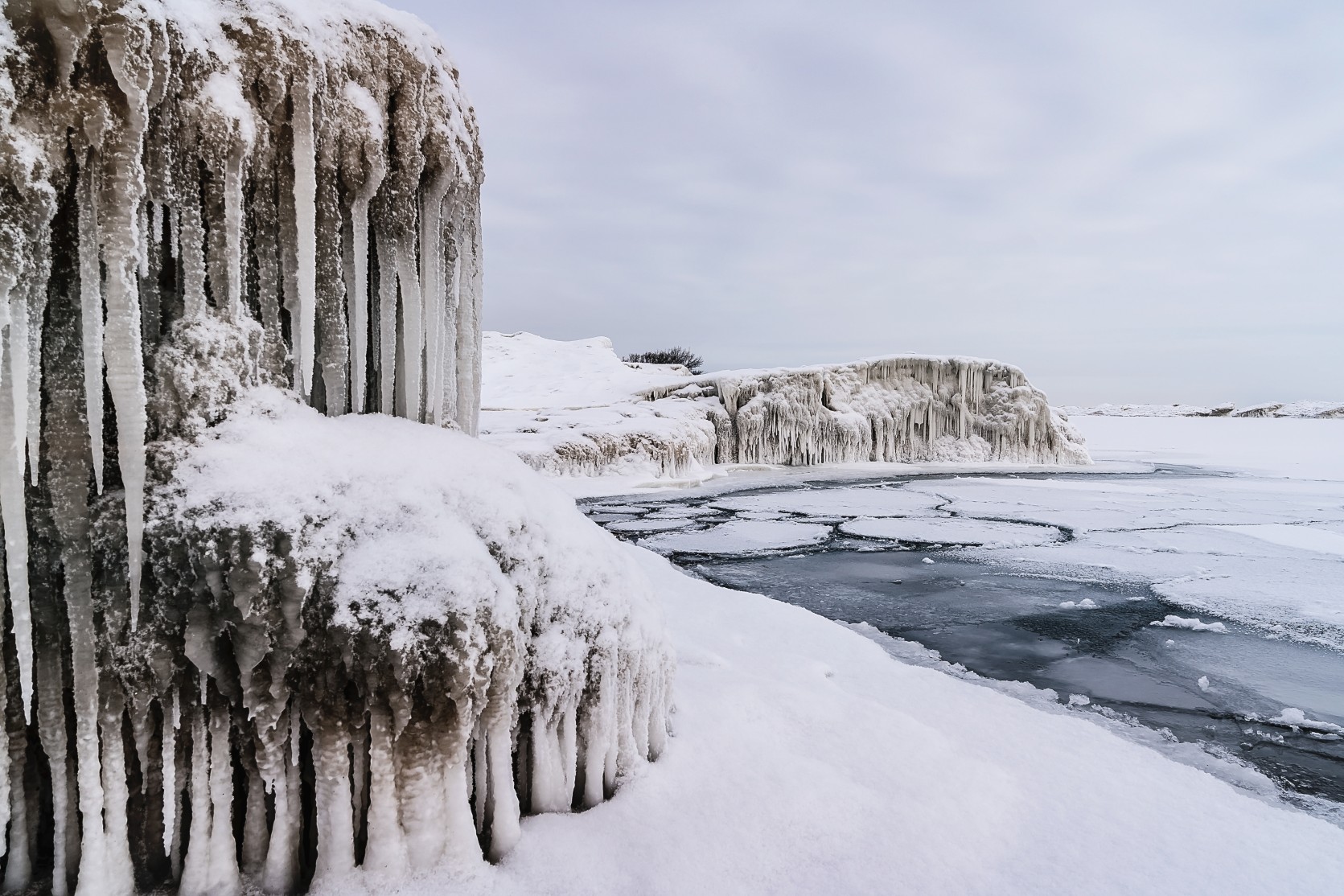
Heavy Rain, Flooding, and Chance of Severe Weather Staring Down the Southern U.S.
January 22, 2024
Posted: January 1, 2024 1:38 pm





The weather term “polar vortex” has been thrown around a lot in recent weeks as cold weather rushes in and out of the U.S. But what is the polar vortex exactly and how does it influence the weather from thousands of miles to the north? Here is what you need to know.
The polar vortex is a static feature in the Earth’s atmosphere. This mass of cold air is associated with the two polar regions of Earth, one at each end of the planet’s axis. The polar vortex that impacts the U.S. is the one that comes from the North Pole.
While the term polar vortex is relatively new, the weather feature has always been in the Earth’s atmosphere. Although you do not need to be particularly worried if your forecast is calling for a polar vortex intrusion, you should be aware that it is about to get atypically cold and prepare accordingly.
A strong polar vortex correlates with the polar jet stream serving up cold and dry air across the Arctic Circle. The winds in the jet stream serve as a block that keeps the exceptionally cold air over the Arctic.
When specific conditions build up in the atmosphere, the wall becomes more vulnerable to penetration. For instance, a strong area of high pressure centered near the Arctic can infiltrate this roadblock and break down the walls. When this happens, the cold air associated with the polar vortex will move to the south, bringing it into mid-latitude locations across North America, Asia, and Europe.
So while the polar vortex and its frigid air typically remains across the Arctic, these breakdowns at the hands of high pressure allow it to sneak past the normally fortified wall of wind. The intrusion of the polar vortex is what many Americans experience when the temperature drops to unseasonably cold levels throughout the winter months.

These pockets of bitterly cold air tend to affect Canada the most with the weather pattern also often slipping into the northern half of the U.S. Some meteorologists call this pattern an Arctic outbreak since the air comes from this part of the North Pole.
It is important to distinguish that the arrival of a polar vortex is different from a typical cold snap that often impacts North America during the winter months. Only the most frigid air is typically associated with the polar vortex breaking free from the Arctic and shifting to the south.
A polar vortex intrusion usually sticks around for several days. It is also not unusual for record low temperatures to fall during these outbreaks.
While most of those in the northern U.S. are generally well-equipped to deal with these outbreaks, the polar vortex can lead to life-threatening situations when it dips even farther to the south and into areas not used to this type of cold. This was the case two years ago when the vortex was able to reach as far as the southern U.S. Texas was the epicenter of this cold air intrusion that also ushered in significant snow and ice, crippling the state’s electrical grid as temperatures plunged into the single digits.
Millions of Texans were without power for days as the grid melted down. It is estimated that the weather cost at least $130 billion in damages and losses to just Texas. This financial loss was in addition to the over 200 deaths blamed on the harrowing cold and winter precipitation.
In addition to Texas, record low temperatures were shattered in places such as Oklahoma and Arkansas. The crippling cold made it as far as northern Mexico. For example, the Mexican city of Saltillo dipped below 25 degrees, nearly unheard of in Mexico. Several winter storms also accompanied the invasion of cold air, leading to the snowiest winter in history in many communities of the Deep South.
Did you find this content useful? Feel free to bookmark or to post to your timeline for reference later.

January 21, 2024

January 19, 2024

January 18, 2024